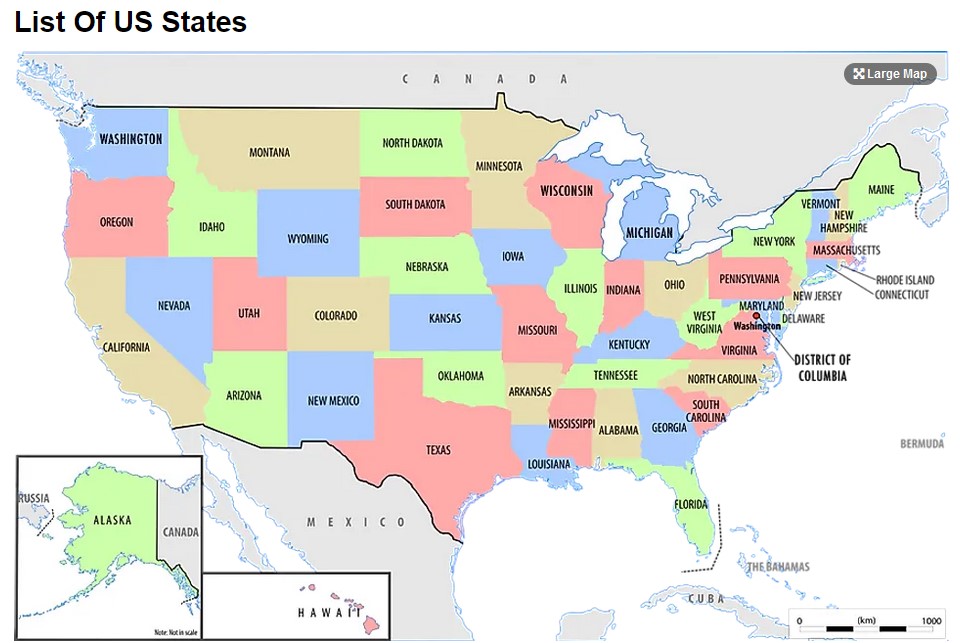Many of us have taken note of the population shift away from industrial, high populated areas and a move toward more rural areas especially in the southern states, e.g., Texas and Florida. These shifts are understandable for dozens of economic reasons and the lifestyle freedom of working from home. Even a dislike for freezing temperatures is enough motivation.
This migration involves serious personal investment to purchase homes, change careers and adapt to new social norms. Considering this investment in light of serious climate change by 2050 has made mariner curious about the actual details of climate change and whether this present migration is wise. This post is based on the projections provided by sources like NOAA, NASA, ProPublica, Climate.gov and several journals that cover this subject.
Most sources agree that 2050 is a significant year to witness disruptive changes in weather that will affect half the agricultural capacity in the U.S. and draw a clear line across the nation where life below the line will be difficult and above the line will be habitable with minimal stress. That line, without much deviation, is 40°N – a line through Philadelphia, Columbus, Burlington ( Iowa), Denver and Sacramento. Today in 2023, that line, with significant deviation in latitude, travels along the borders of North Carolina/South Carolina, southern Tennessee, drops into north Texas and encompasses the entire southwest until the coast of southern California. By 2100, the 40° line will have moved to the US/Canadian border.

Looking below the fortieth parallel it is true that high temperature is an obvious cause of discomfort for both creatures and plants and by 2050 daily temperatures will be in the nineties for much of the year. But the real disruption is caused by a combination of heat and humidity. At 95° with 100% humidity, human life cannot be sustained. Today, there are very few places where this is the case; we are accustomed to much lower humidity in the nation’s hot spots.
The science behind the unsustainability is the dysfunction of the lungs combined with heat stroke. If mariner moved to Mississippi today, bought a house and other amenities like solar panels, by 2050, 27 years from now he would have to move again. What about a young family with 30-year old parents and 3 children? The climate won’t wait until 2050 and then Boom! everything will change. The fact is the weather already is changing – rapidly.
All politics aside and ignoring other aspects of global warming, perhaps the migration to the south should give it further thought.
Ancient Mariner
